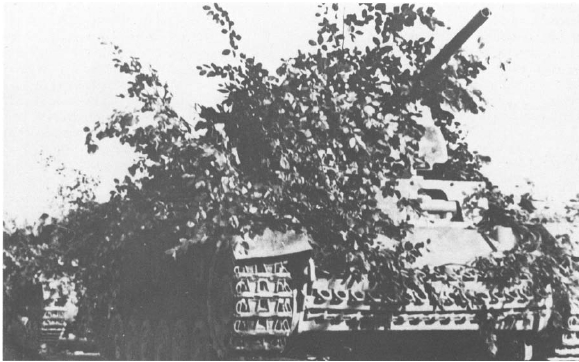
B L A S T I N G THE BRITISH O U T

Lance-Corporal Karl-Heinz Kracht photographed the arrival of histanks on flat rail cars before disembarking for Arnhem. (Kabel-Kracht)
mixture of eight obsolete Mark III panzersand some of the newer more powerfulMark IVs, moved on. Information, heremembers, was scant; they 'knew thatparatroopers had landed at Arnhem, but Idid not know about the armada of glideraircraft outside the town'. Driving on, theybegan to notice the after-effects of recentfighting; there were 'destroyed vehicles andparts of bodies in bushes in the streets andon trees'. They were unused to such scenes,and tension mounted as they approachedthe city centre. Kracht admitted that 'we,the young "combatants" of the VI Bielefeldtank company, were quite shocked!' Thiswas not what the inexperienced recruits hadanticipated, and Kracht was no exception:
'Personally, I felt quite a bit ofapprehension as our vehicles moved
into Arnhem. I still had to overcomethe shock at the destruction and thecorpses lying by the roadside. Maybewe were to be the next victim of theBritish anti-tank guns? This feelingwas amplified when the company lostits first tanks.'
The tanks began to approach the Arnhemroad bridge from the east, using the houseson the bank road for cover. 'There weremany Tommies hiding in the cellars!'remarked Kracht. 'They were winkled outby our accompanying Panzer-grenadiers.'About 22 prisoners were taken as thehouses were cleared. Most, he noticed,were well equipped with 'A to C rations,cigarettes and rifles, etc'. They came 'inmost cases quite peacefully. Poor blokes,they were rather tired and exhausted from
179